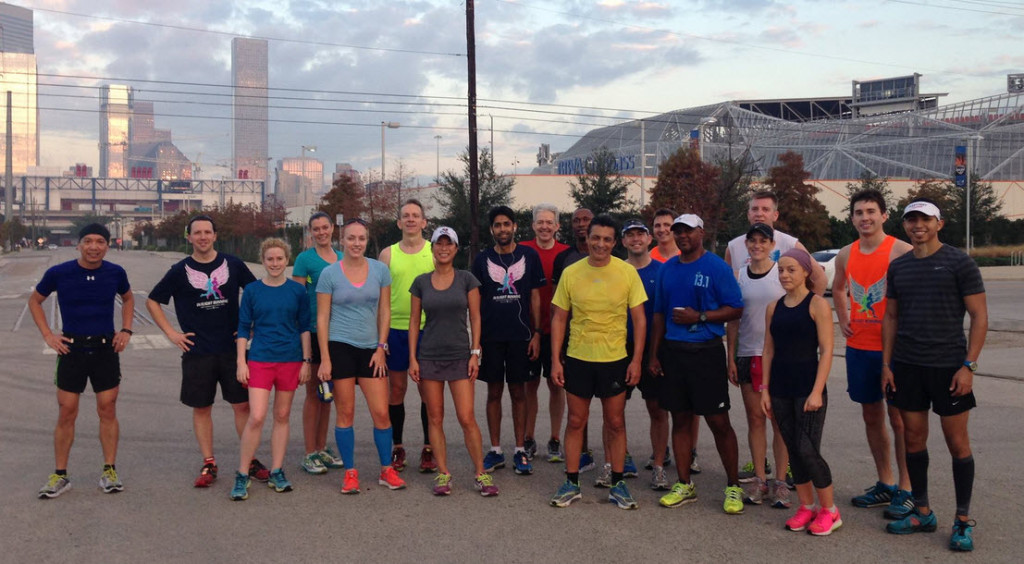The bad news for the female runner is that she is more likely than her male counterpart to suffer certain types of injuries. The good news is that, with proper education and the right tips on injury prevention, she can minimize such injuries or eliminate them altogether.
As a sports medicine podiatrist who treats a large number of female patients, I am often asked why women experience so many mal-alignment and overuse injuries. The answer lies in the female’s physical development anatomy. When the female enters puberty and her hips broaden relative to her waist and shoulders, her pelvis begins to widen and a change at the hip occurs. This creates an accompanying change of the knees, often referred to as “knock knees”. The more “knock”, the greater the quadriceps pull. As a result, sports medicine doctors see many overuse injuries affecting the hip, knee, shin and ankle of the female runner.
I have identified five injuries common to the female runner – scoliosis, foot type and deformities, Achilles tendonitis, knee injuries and stress fractures – and suggested how to deal with them.
Continue Reading »




